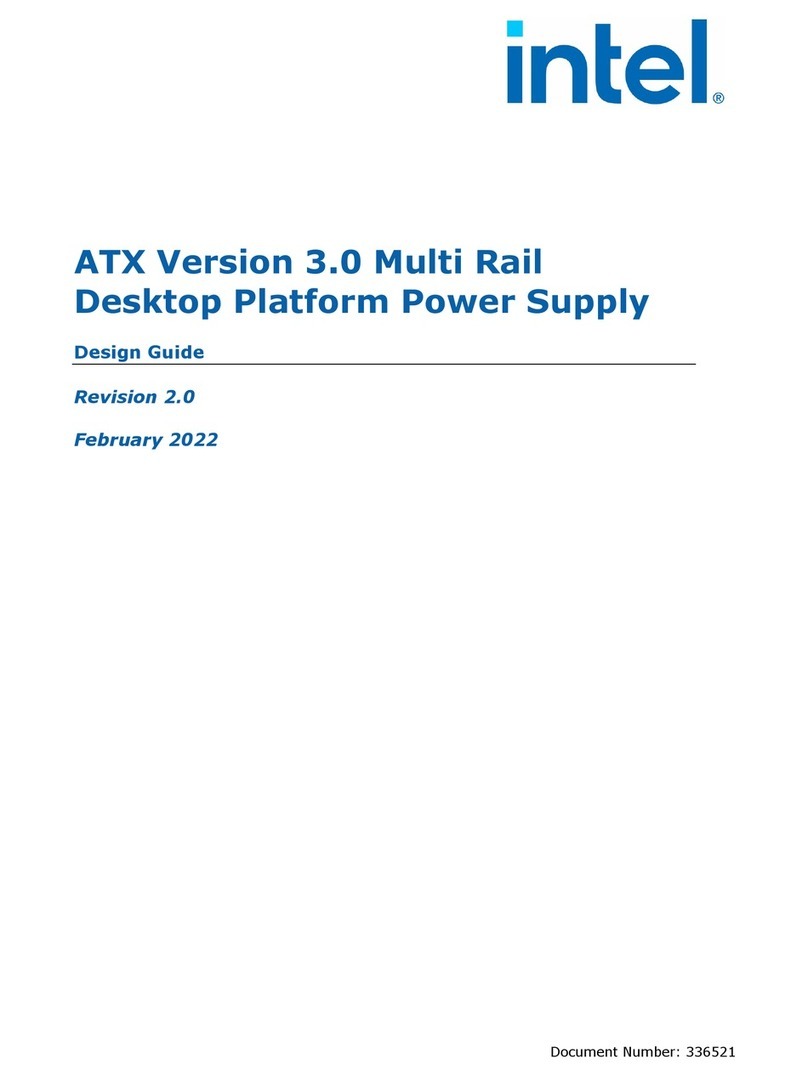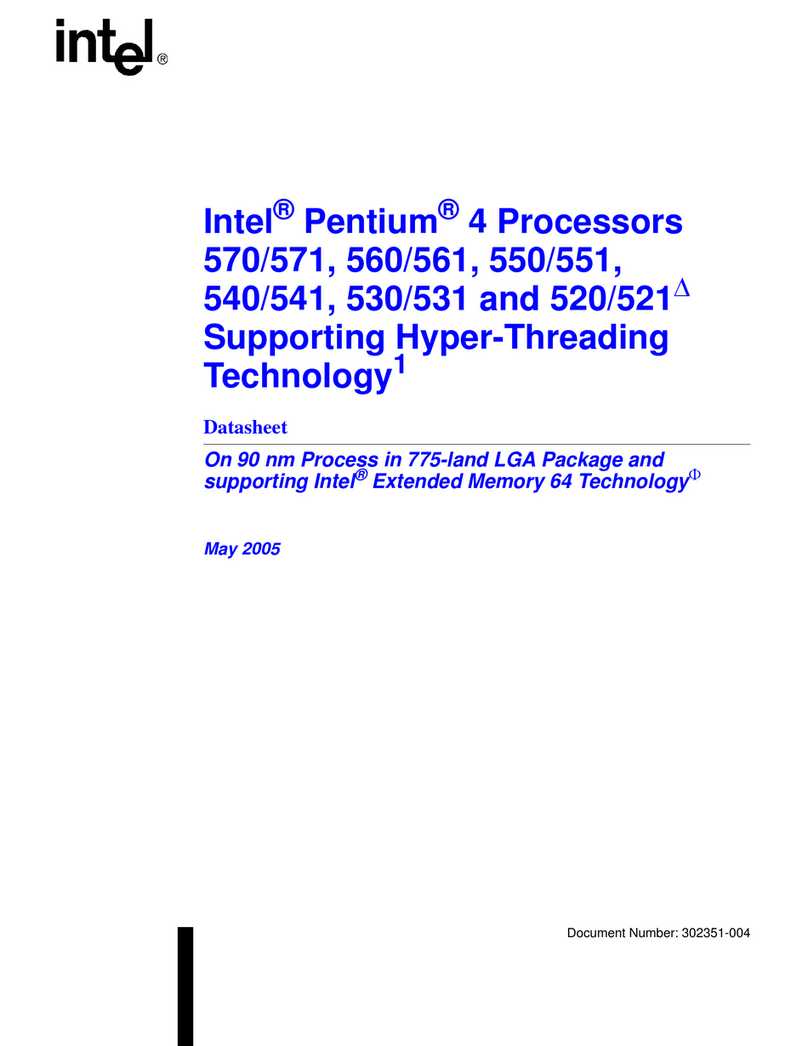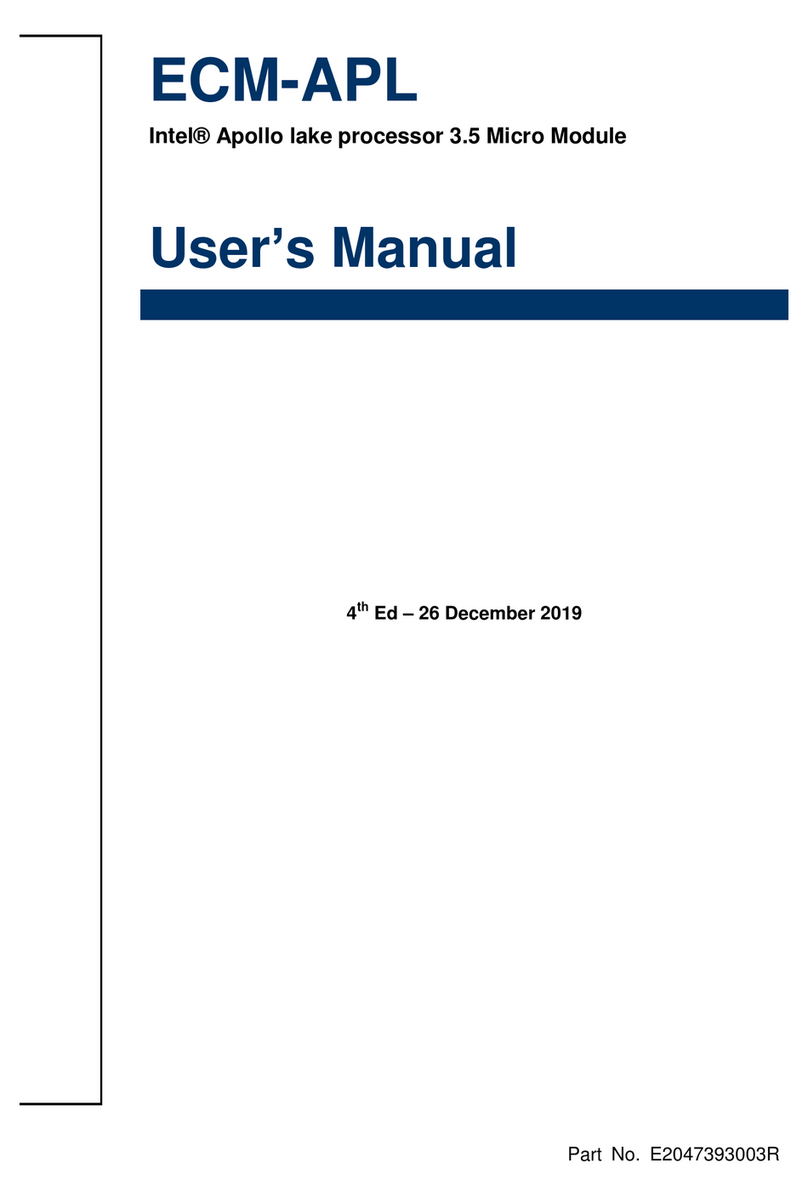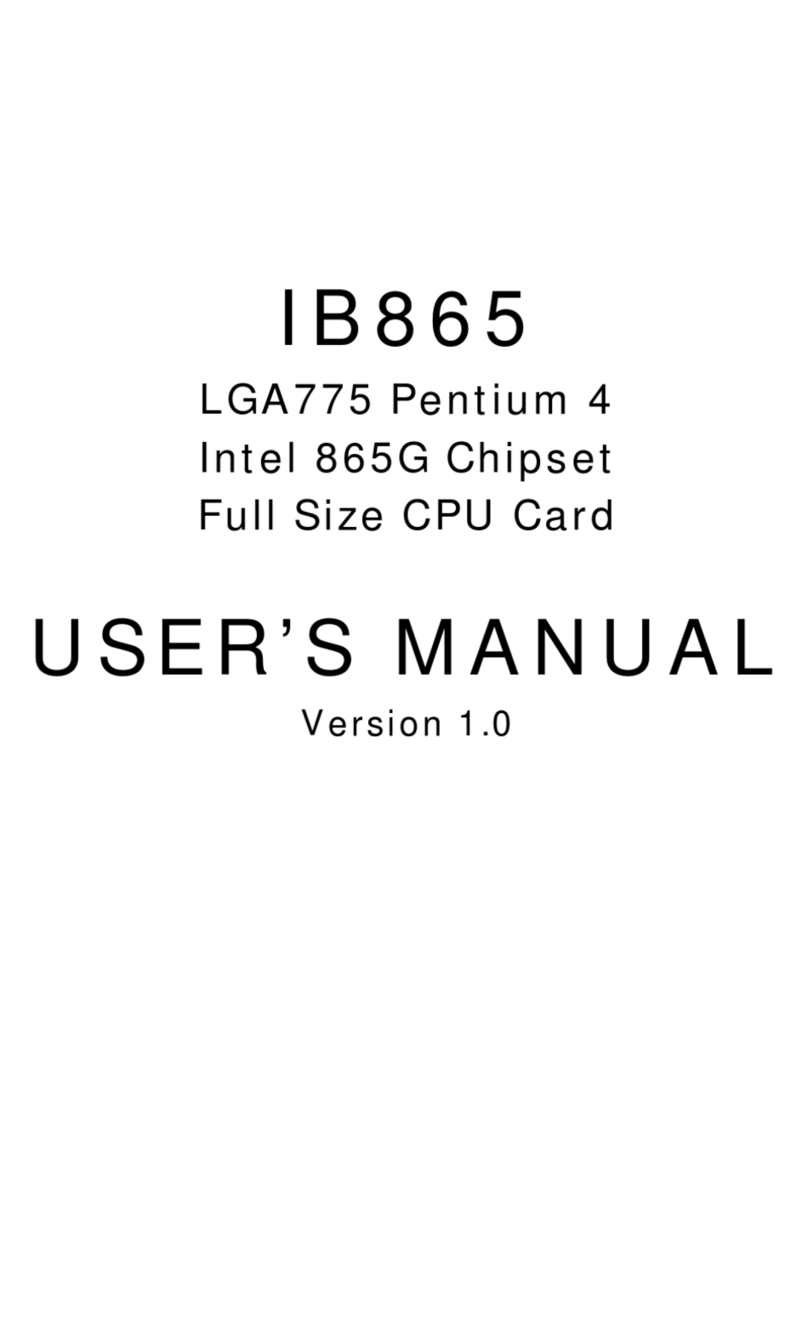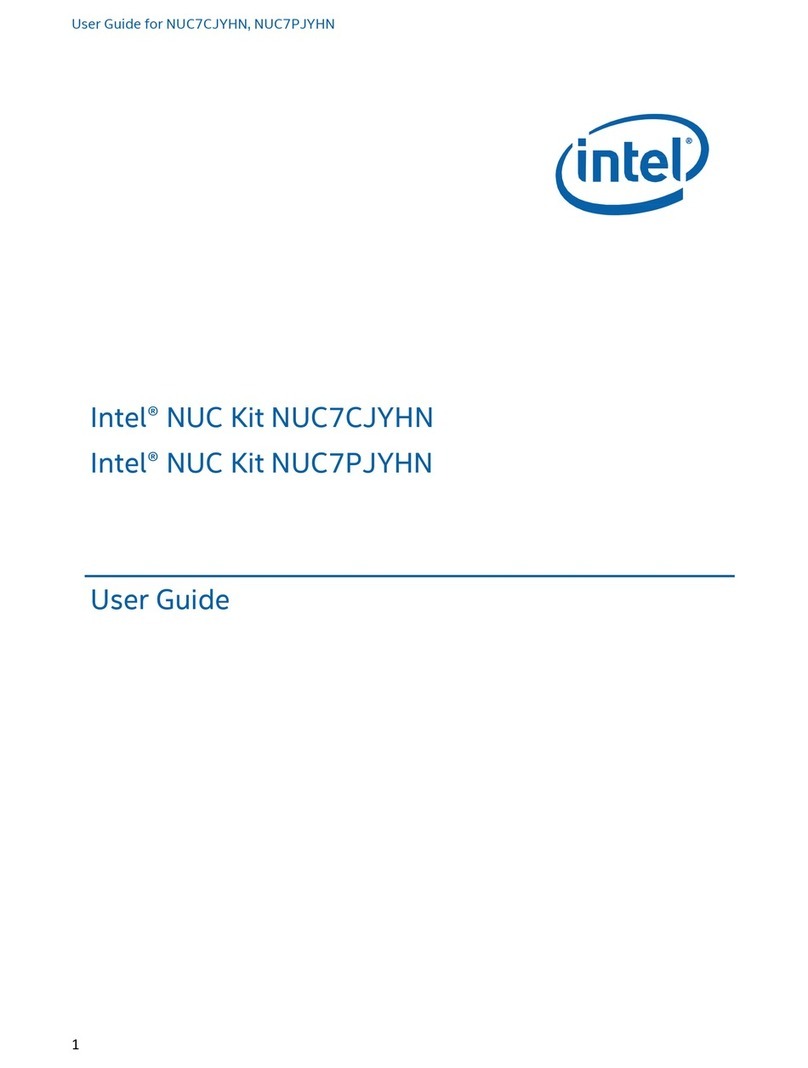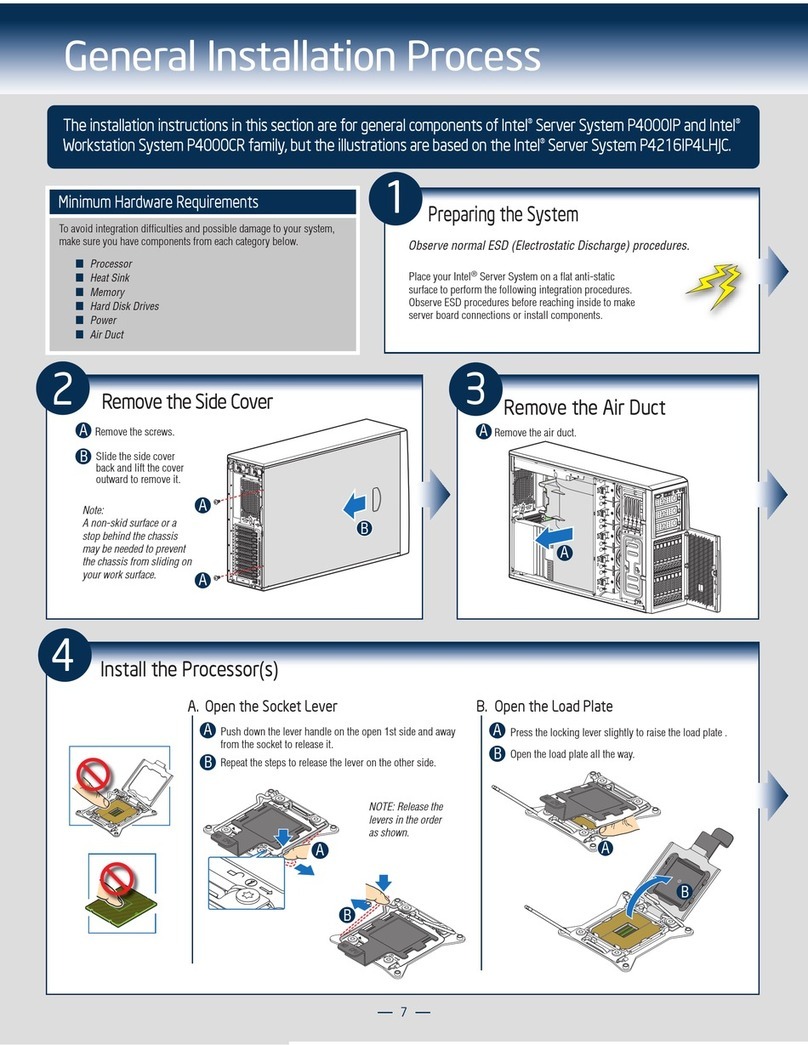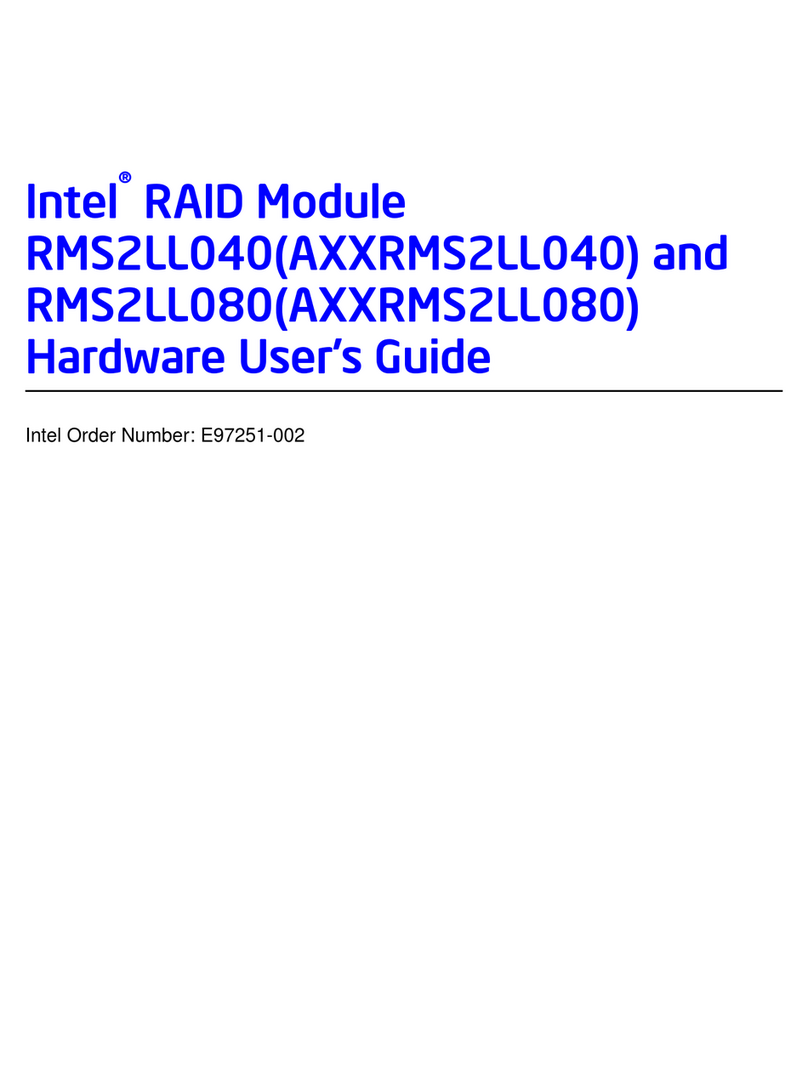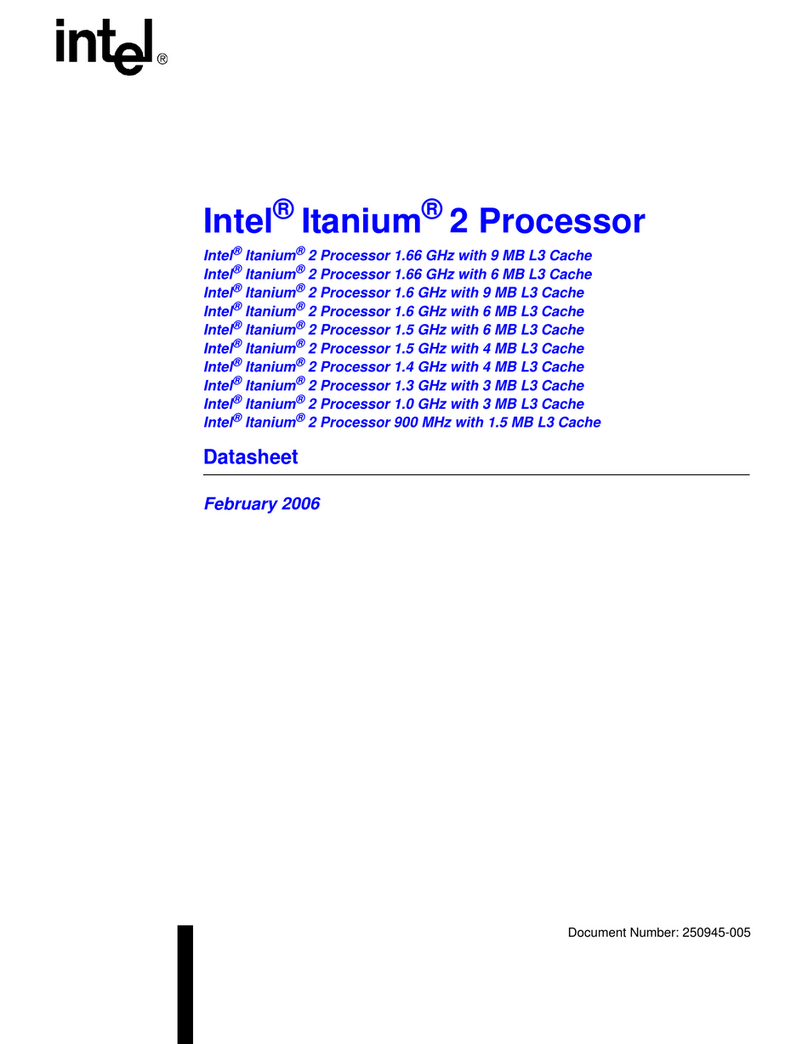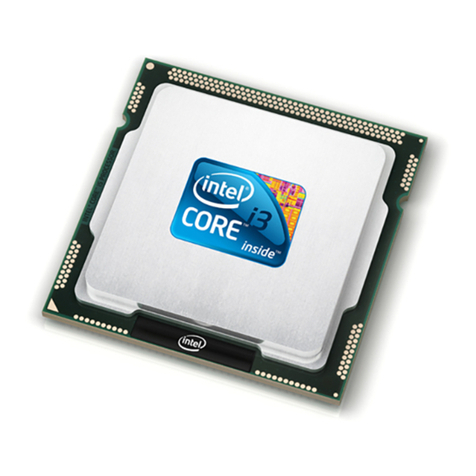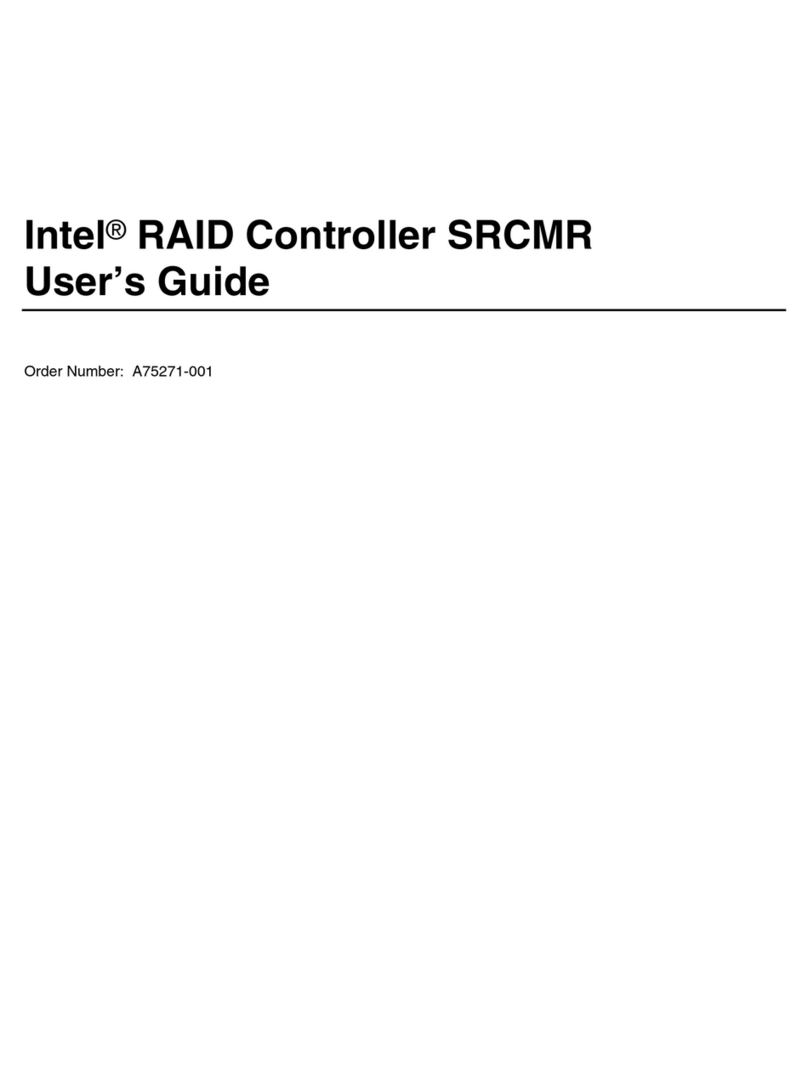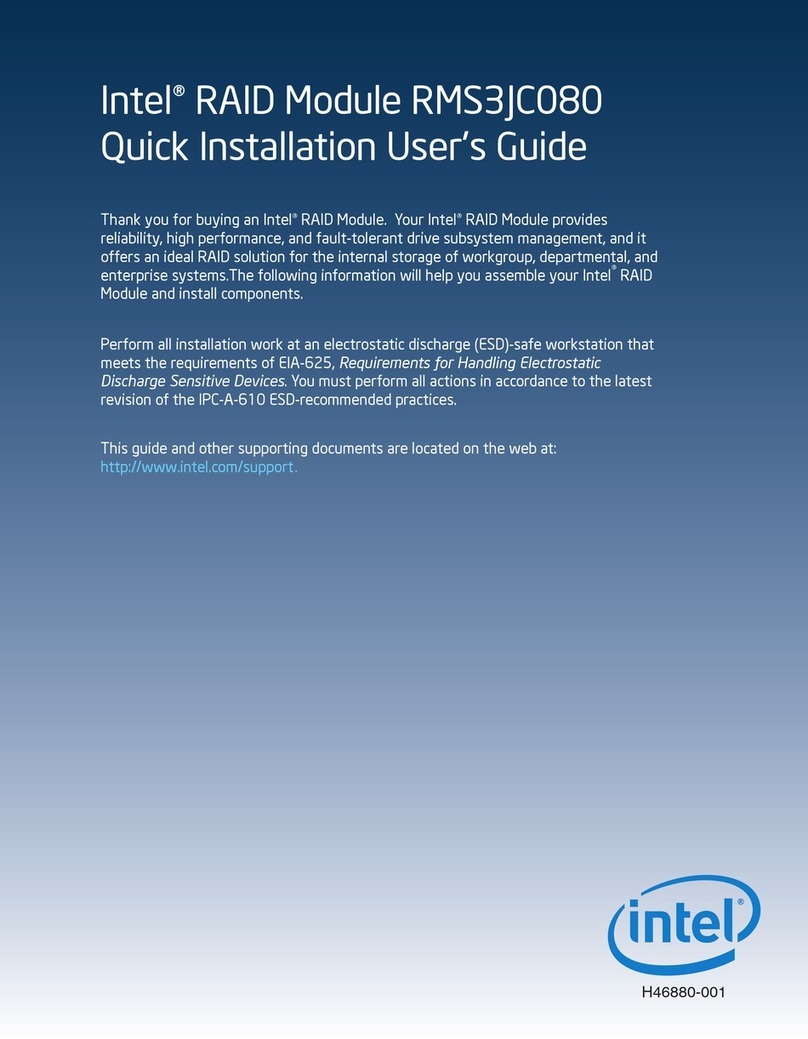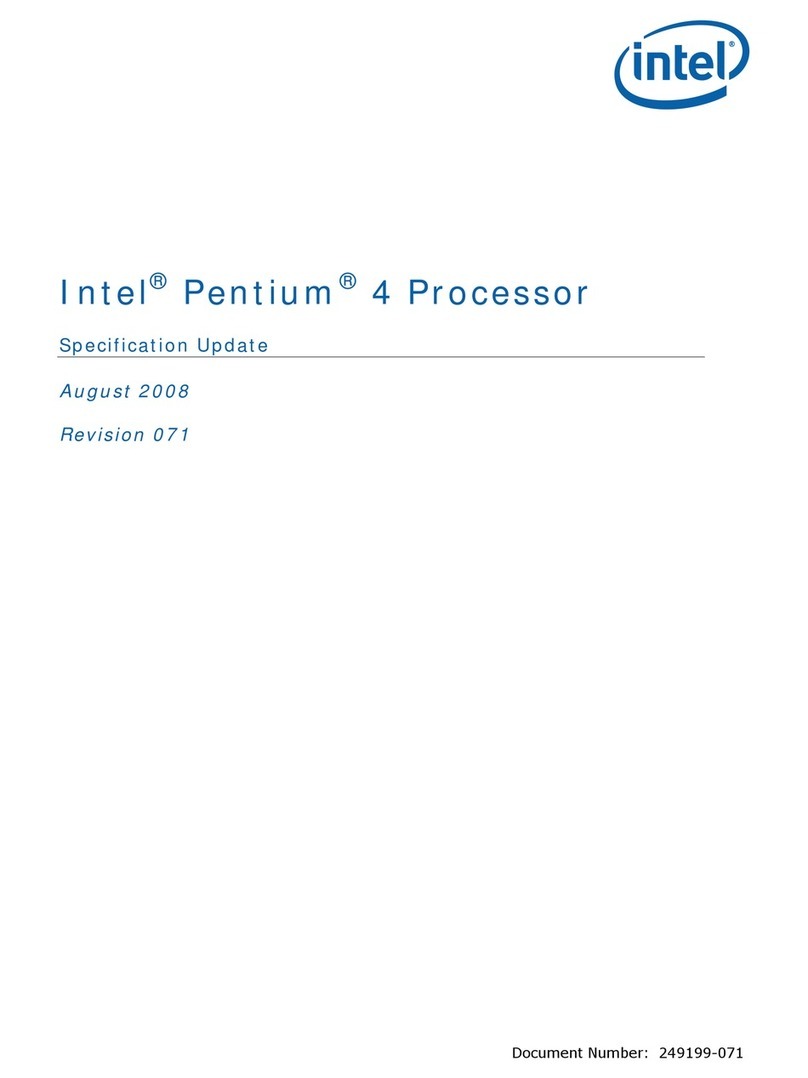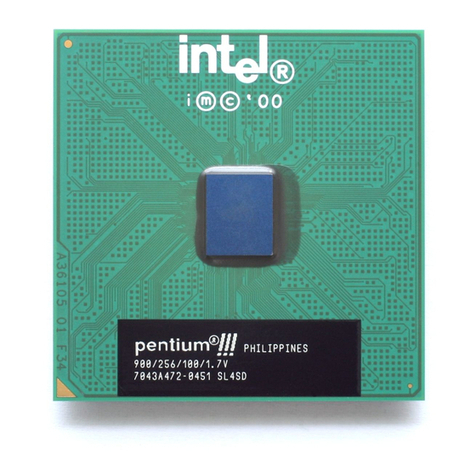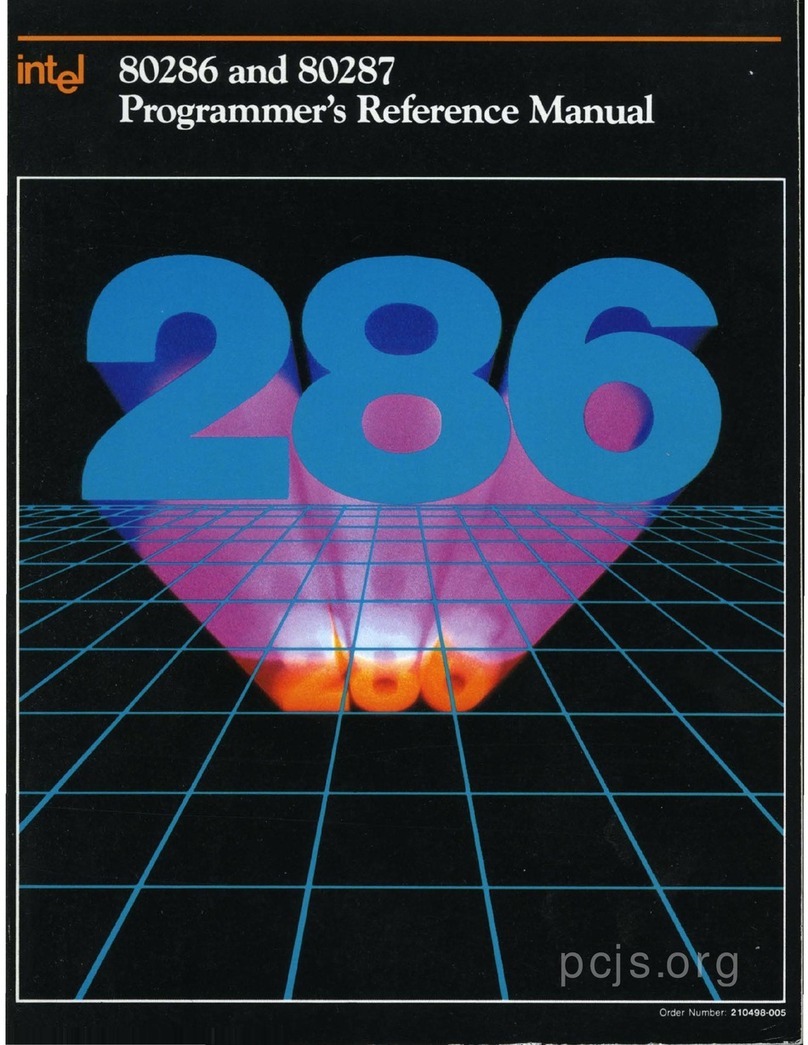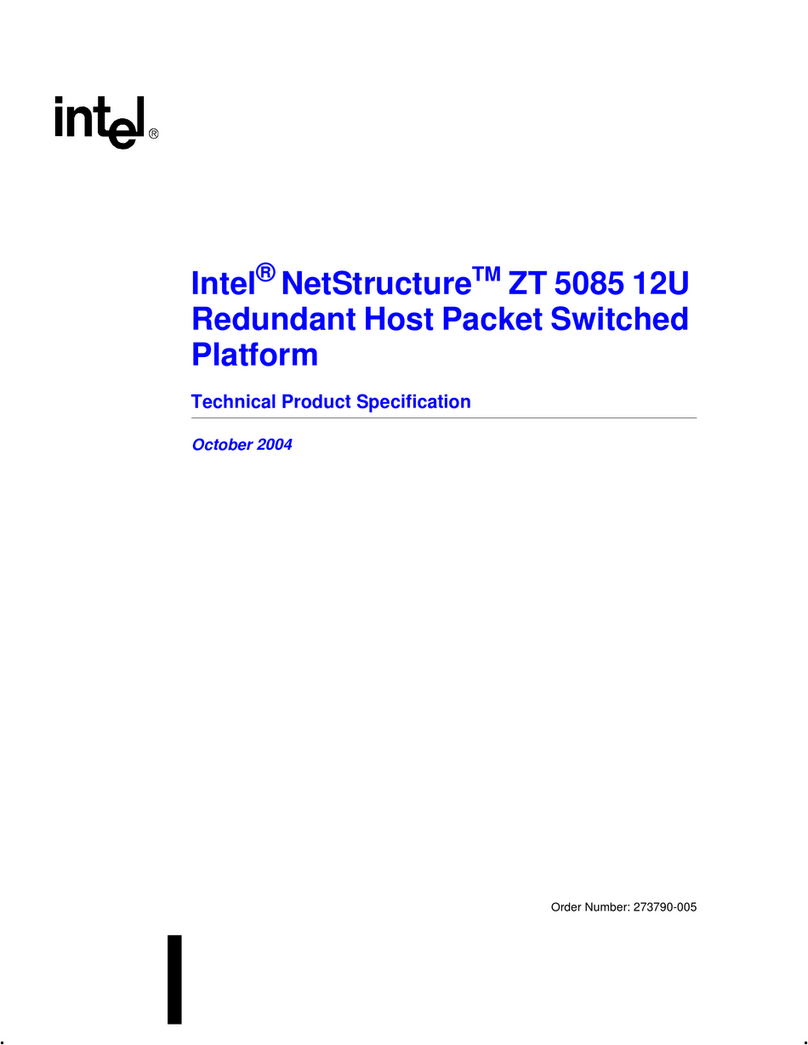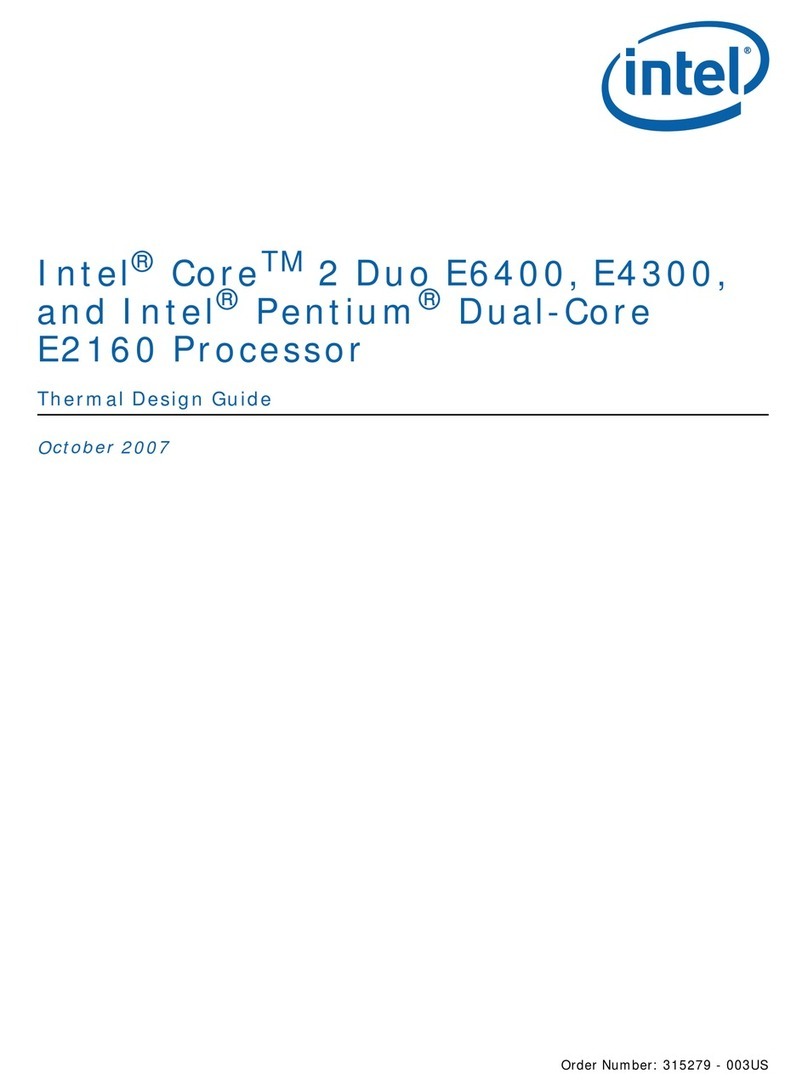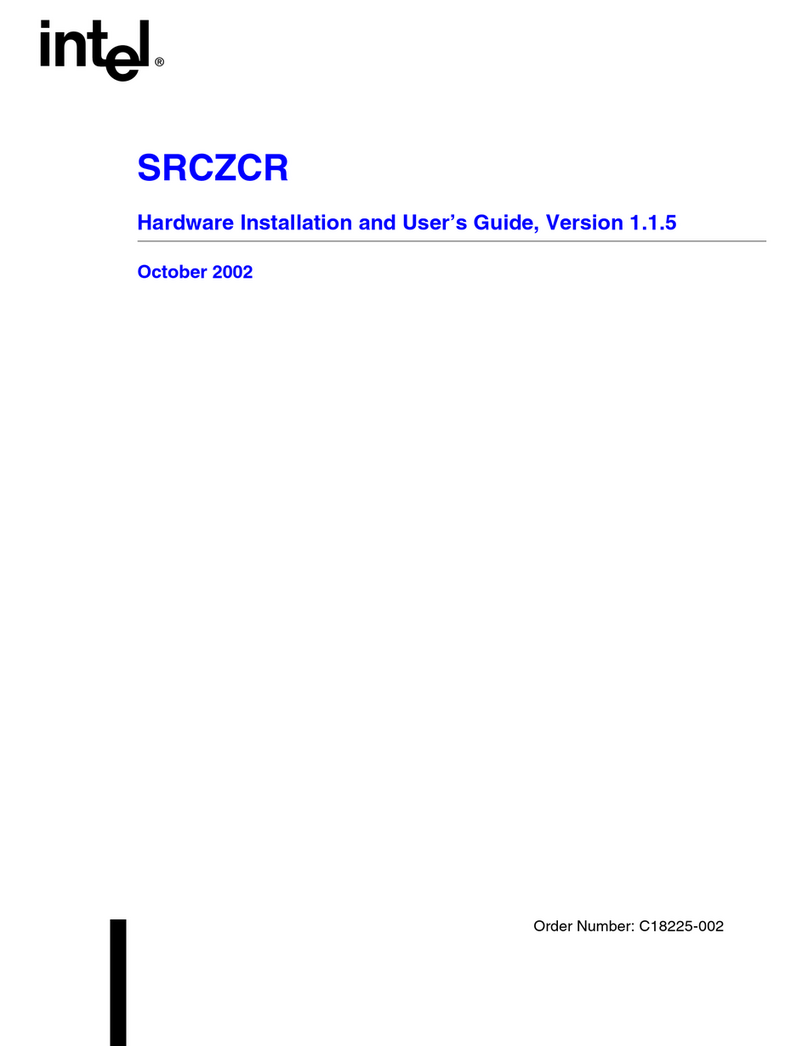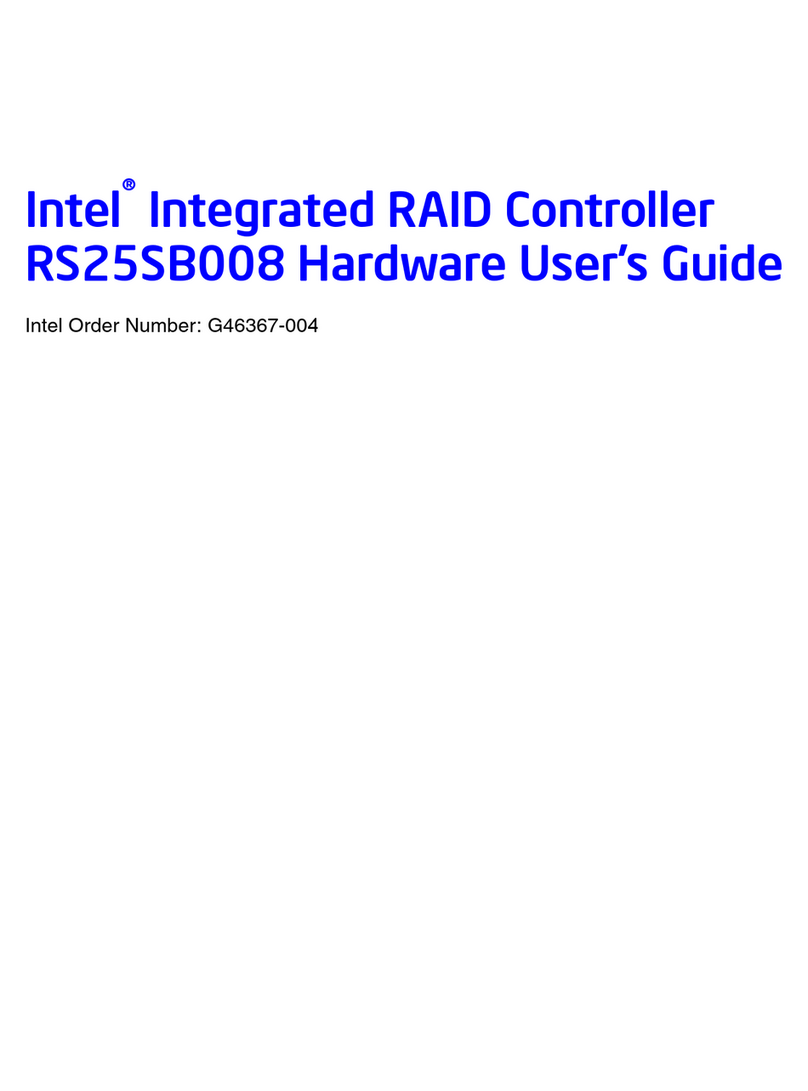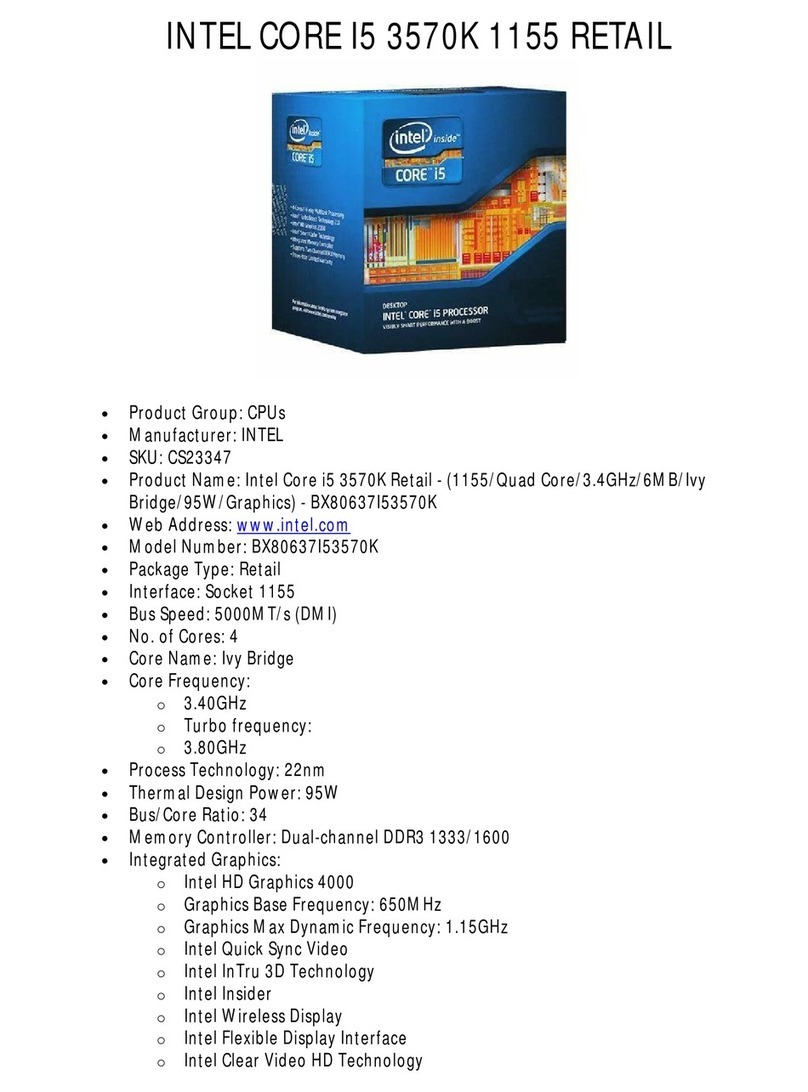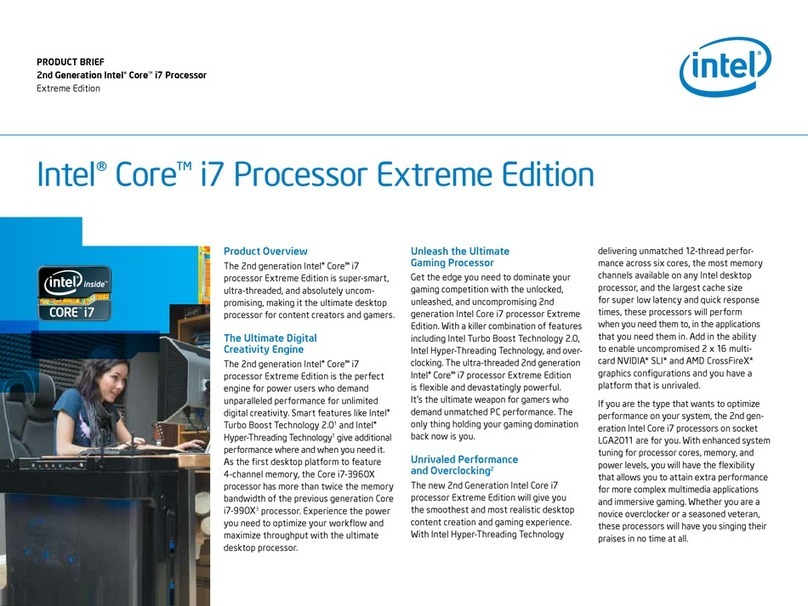
iv Intel®810A3 Chipset Design Guide
4.5 System Memory Layout Guidelines..............................................................4-5
4.5.1 System Memory Solution Space......................................................4-5
4.5.2 System Memory Routing Example...................................................4-6
4.5.3 System Memory Connectivity ..........................................................4-7
4.6 Display Cache Interface................................................................................4-7
4.6.1 Display Cache Solution Space ........................................................4-8
4.7 Hub Interface................................................................................................4-9
4.7.1 Data Signals ..................................................................................4-10
4.7.2 Strobe Signals ...............................................................................4-10
4.7.3 HREF Generation/Distribution .......................................................4-10
4.7.4 Compensation................................................................................4-11
4.8 Ultra ATA/66 ...............................................................................................4-12
4.8.1 IDE Routing Guidelines .................................................................4-12
4.8.2 Ultra ATA/66 Detection..................................................................4-15
4.9 AC’97..........................................................................................................4-18
4.9.1 Audio/Modem Riser Card (AMR)...................................................4-18
4.9.2 AC’97 Routing................................................................................4-19
4.9.3 Motherboard Implementation.........................................................4-21
4.10 USB ............................................................................................................4-22
4.11 IOAPIC (I/O Advanced Programmable Interrupt Controller).......................4-23
4.12 PCI..............................................................................................................4-24
4.13 RTC ............................................................................................................4-24
4.13.1 RTC Crystal ...................................................................................4-24
4.13.2 External Capacitors .......................................................................4-25
4.13.3 RTC Layout Considerations...........................................................4-26
4.13.4 RTC External Battery Connection..................................................4-26
4.13.5 RTC External RTCRESET Circuit..................................................4-27
4.13.6 VBIAS DC Voltage and Noise Measurements..............................4-27
4.14 Processor PLL Filter Recommendation......................................................4-28
4.14.1 Processor PLL Filter Recommendation.........................................4-28
4.14.2 Topology........................................................................................4-28
4.14.3 Filter Specification .........................................................................4-28
4.14.4 Recommendation for Intel Platforms..............................................4-30
4.14.5 Custom Solutions...........................................................................4-31
4.15 RAMDAC/Display Interface ........................................................................4-32
4.15.1 Reference Resistor (Rset) Calculation...........................................4-33
4.15.2 RAMDAC Board Design Guidelines...............................................4-33
4.16 DPLL Filter Design Guidelines....................................................................4-35
4.16.1 Filter Specification .........................................................................4-36
4.16.2 Recommended Routing/Component Placement............................4-37
4.16.3 Example LC Filter Components.....................................................4-37
5 Advanced System Bus Design ..................................................................................5-1
5.1 AGTL+ Design Guidelines............................................................................5-1
5.1.1 Initial Timing Analysis ......................................................................5-2
5.1.2 Determine General Topology, Layout, and Routing Desired...........5-3
5.1.3 Pre-Layout Simulation .....................................................................5-3
5.1.4 Place and Route Board....................................................................5-5
5.1.5 Post-Layout Simulation....................................................................5-7
5.1.6 Validation.........................................................................................5-8
5.2 Theory.........................................................................................................5-10
5.2.1 AGTL+ ...........................................................................................5-10
